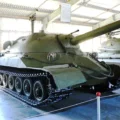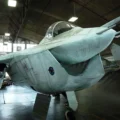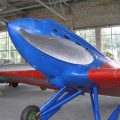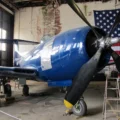
Aerfer Sagittario 2 | |
|---|---|
| Country | Italy |
| Role | Prototype fighter |
| First flight | 19 May 1956 |
| Built | 2 |
The Aerfer Sagittario 2 (Italian for sagittarius) was a prototype all-metal single-seat lightweight fighter aircraft built in Italy by Aerfer, intended to serve as an interceptor or light tactical support aircraft. First flown in 1956, it became the first Italian aircraft to break the sound barrier in controlled flight when it reached Mach 1.1 during a dive from 13,725 m (45,000 ft).
Source: Aerfer Sagittario 2 on Wikipedia
| Aerfer Sagittario 2 Walk Around | |
|---|---|
| Photographer | Giacomo Gramazio |
| Localisation | Unknow |
| Photos | 13 |
Related kits:
Find kits on eBay:
See also:
The Aerfer Sagittario 2 was a remarkable achievement in Italian aviation history. It was a prototype fighter aircraft that was designed to be fast, agile and versatile. The Sagittario 2 was developed from the Ambrosini Sagittario, which was itself a jet-powered version of the Ambrosini S.7 trainer. The Sagittario 2 had a sleek and aerodynamic shape, with a swept wing and tail, a bubble canopy and a nose-mounted jet engine. The engine was a Rolls-Royce Derwent 9, which gave the aircraft a thrust of 16 kN (3,600 lbf). The Sagittario 2 had two 30 mm cannons as its main armament, and could also carry bombs, rockets or additional guns on two hardpoints under the wings.
The Sagittario 2 first flew on 19 May 1956, piloted by Riccardo Bignamini. On 4 December 1956, it achieved a historic milestone when it became the first Italian aircraft to break the sound barrier in level flight at an altitude of 13,725 m (45,000 ft). The aircraft reached a speed of Mach 1.1 (1,006 km/h or 625 mph), demonstrating its excellent performance and potential. The Sagittario 2 was tested by the Italian Air Force for evaluation purposes, but it did not enter production or service. Instead, it served as a stepping stone for the development of more advanced fighters by Aerfer, such as the Ariete and the Leone. The Sagittario 2 remains an important example of Italian ingenuity and innovation in aerospace engineering.
Views : 623









